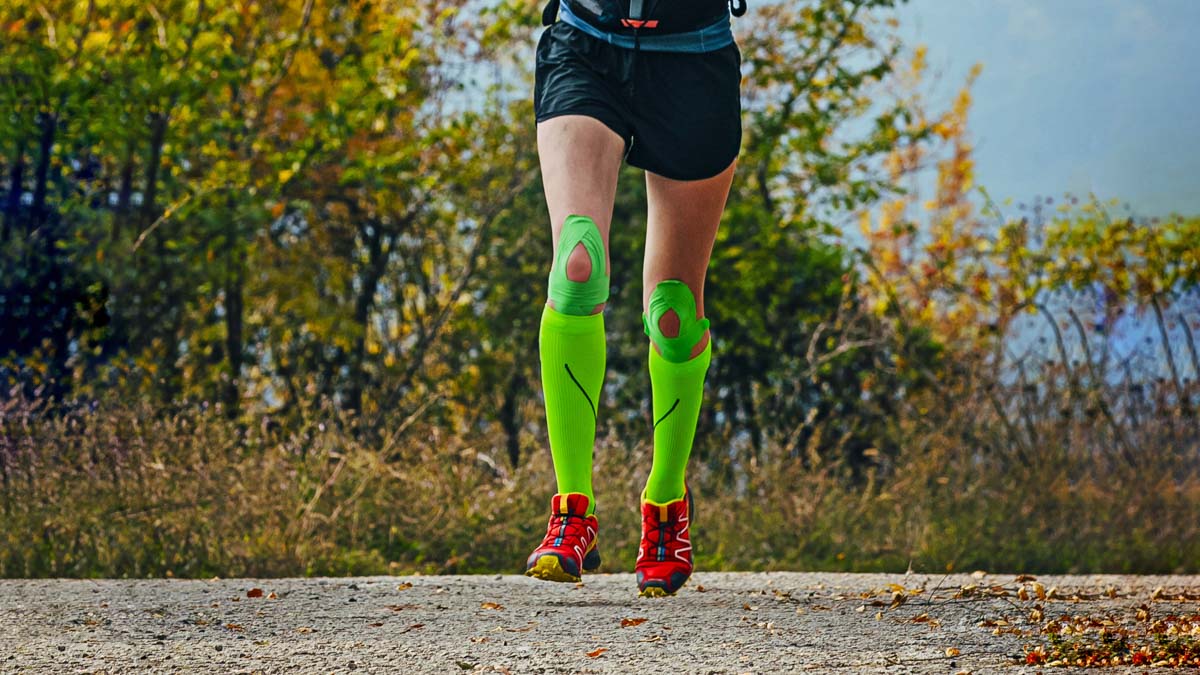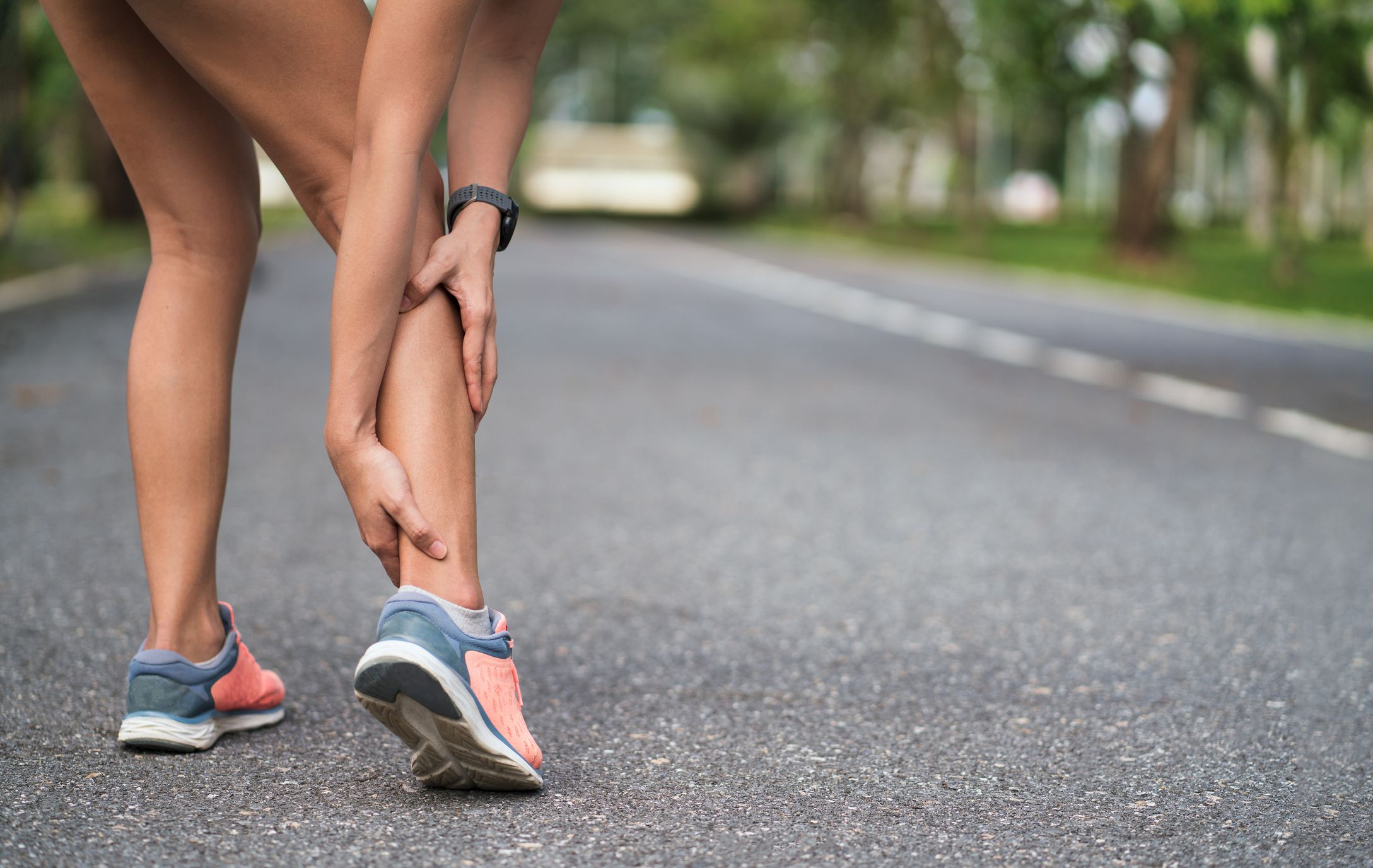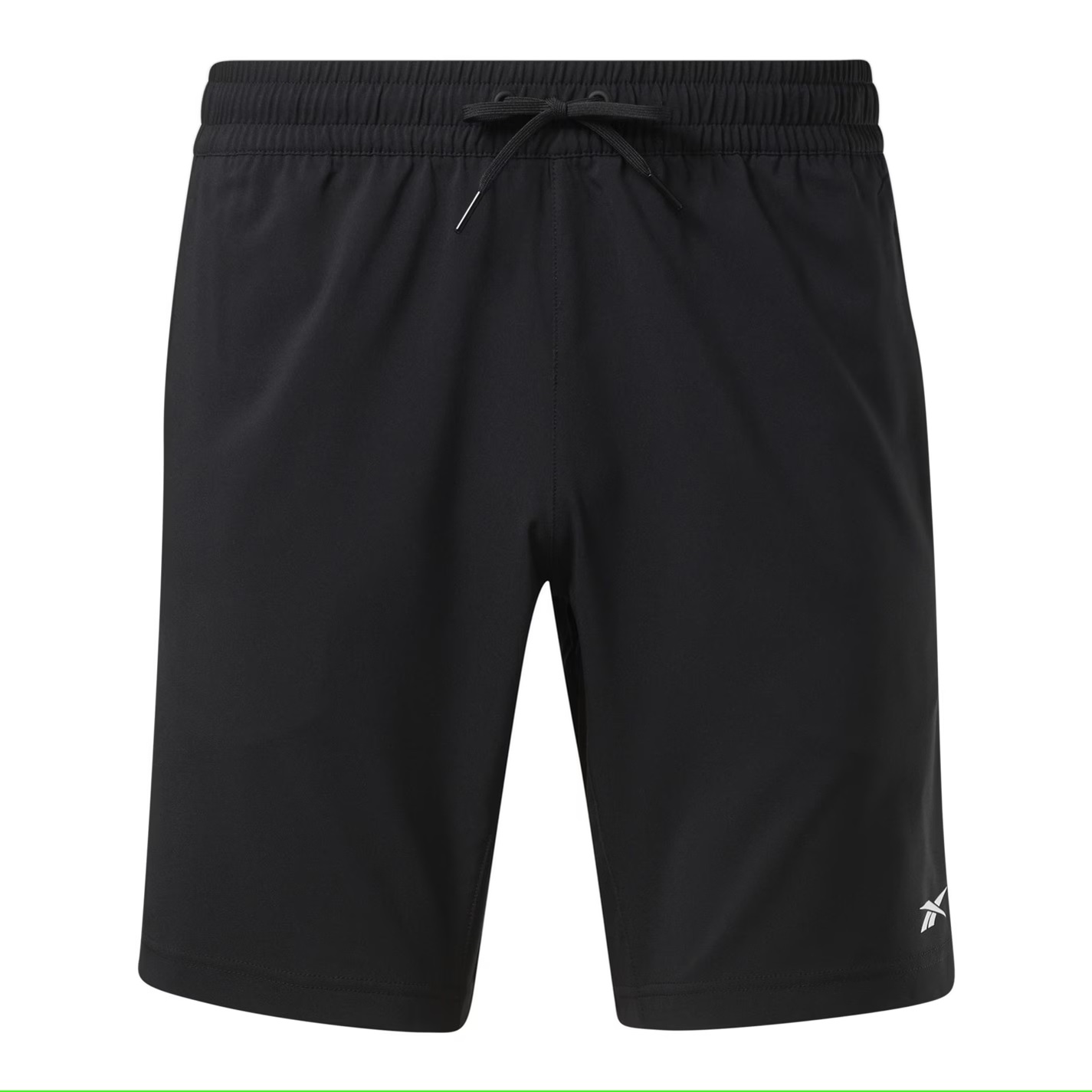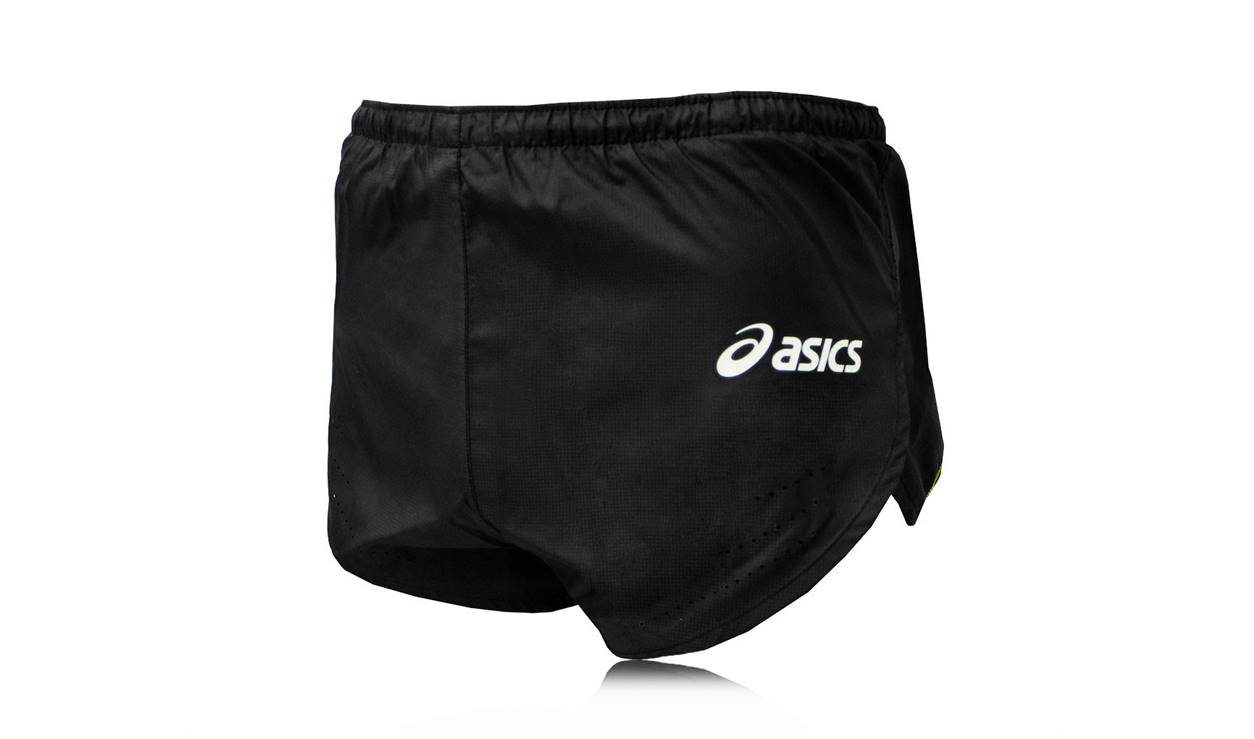Home>Misc>Featured>What Is Better For Long Distance Running Compression Or Tape


Featured
What Is Better For Long Distance Running Compression Or Tape
Modified: August 21, 2023
Discover which is better for long distance running: compression gear or tape. Read our featured article to find out the benefits and drawbacks of each option.
Introduction
Long distance running is a challenging and rewarding physical activity that pushes the limits of endurance and stamina. Whether you’re training for a marathon, participating in a long-distance race, or simply enjoy going for long runs, it’s crucial to take care of your body and prevent injuries. In this pursuit, two popular options emerge – compression garments and tape. These methods aim to provide support, enhance performance, and aid in preventing injuries for long distance runners.
Compression garments are specialized clothing items designed to apply graduated pressure to specific areas of the body, typically the legs. They are made from elastic materials that snugly fit around the muscles, tendons, and joints. On the other hand, tape, also known as kinesiology tape or athletic tape, is a flexible adhesive strip that is applied directly to the skin, offering support and stability to targeted areas.
Both compression garments and tape have gained popularity among long distance runners due to their potential benefits in reducing muscle fatigue, improving circulation, and providing support to key areas prone to injury. However, it’s essential to understand the unique advantages and considerations of each approach, as they can differ in their effectiveness and applicability to individual runners.
In this article, we will explore the benefits of compression garments and tape for long distance running, compare the two methodologies, and offer guidance on how to choose the best option for your needs. By understanding the advantages and considerations of compression garments and tape, you can make an informed decision to optimize your long distance running performance and minimize the risk of injury.
Understanding Compression and Tape for Long Distance Running
Before delving into the benefits and comparison of compression garments and tape for long distance running, it’s crucial to have a clear understanding of these two methods.
Compression garments, such as compression socks, compression tights, or compression sleeves, are designed to provide graduated compression to targeted areas of the body. These garments are typically made from elastic materials like spandex or nylon, and they fit snugly around the muscles, tendons, and joints. The compression level is highest at the extremities and gradually decreases towards the core.
Tape, particularly kinesiology tape or athletic tape, is a thin, stretchable adhesive strip that is applied directly to the skin. It is designed to provide support, stability, and proprioceptive feedback to the muscles and joints. The tape is strategically placed along specific muscle groups or joints to enhance their function and minimize excessive movement.
Both compression garments and tape can benefit long distance runners in various ways. They aim to reduce muscle vibration, enhance circulation, improve proprioception, provide support to targeted areas, and potentially decrease the risk of muscle strains, cramps, and other common running-related injuries.
Compression garments work by applying pressure to the muscles, which helps reduce the build-up of lactic acid, decrease muscle oscillation, and improve blood flow. The improved circulation and removal of metabolic waste products allow for faster recovery and potentially delay muscle fatigue during long distance runs.
Tape, on the other hand, functions by providing external support and proprioceptive feedback to the muscles and joints. The tape’s elastic properties allow it to move with the body, providing support without restricting movement. This can help maintain proper alignment, reduce excessive joint movement, and potentially prevent injuries caused by muscle imbalances or overuse.
With a basic understanding of compression garments and tape, we can now explore the specific benefits that each method offers for long distance runners. By understanding the unique advantages of compression garments and tape, you can make an informed decision and choose the most suitable option to optimize your long distance running performance.
Benefits of Compression for Long Distance Running
Compression garments have gained popularity among long distance runners due to their potential benefits in enhancing performance, promoting recovery, and reducing the risk of certain injuries. Let’s explore some of the key advantages of using compression for long distance running:
- Improved circulation: Compression garments are designed to apply graduated pressure to the muscles, which can help improve blood circulation. This enhanced circulation allows for better delivery of oxygen and nutrients to the muscles and facilitates the removal of metabolic waste products, such as lactic acid. Improved circulation can enhance endurance and potentially delay muscle fatigue during long distance runs.
- Reduced muscle vibration: The compression provided by these garments can help minimize muscle oscillation, which refers to the vibration of muscles during physical activity. By reducing muscle vibration, compression garments can potentially decrease muscle damage, soreness, and fatigue that may result from long distance running. This can contribute to quicker recovery after intense training sessions or races.
- Support for key muscle groups: Compression garments can offer targeted support to specific muscle groups, such as the calves, quads, and hamstrings. This support can help stabilize the muscles, improve joint alignment, and potentially reduce the risk of muscle strains and other common running injuries. It can also help alleviate muscle soreness and stiffness during long periods of exertion.
- Improved proprioception: Proprioception refers to the body’s ability to sense its position, movement, and forces acting upon it. Compression garments can enhance proprioceptive feedback by providing a gentle pressure to the muscles and joints. This heightened awareness can help improve coordination and movement efficiency during long distance running, potentially leading to better overall performance and reduced risk of injury.
- Temperature regulation: Many compression garments are designed with moisture-wicking properties, which can help regulate body temperature during long distance runs. They can efficiently draw sweat away from the body, keeping the skin dry and facilitating evaporative cooling. This can be particularly beneficial in warm or humid conditions, reducing the risk of overheating and discomfort.
It’s important to note that the effectiveness of compression garments can vary depending on individual preferences and needs. Some long distance runners may experience noticeable improvements in performance and recovery, while others may not observe significant benefits. It is recommended to try different compression garments, assess their impact on your running, and make an informed decision based on your personal experience.
Benefits of Tape for Long Distance Running
Tape, particularly kinesiology tape or athletic tape, has become a popular tool for long distance runners due to its potential benefits in providing support, stability, and injury prevention. Let’s explore some of the key advantages of using tape for long distance running:
- Targeted support and stability: Tape is applied directly to specific areas of the body, such as the knees, ankles, or shins, to provide targeted support and stability. It can help reinforce weak or injured areas, reducing excessive movement and potentially minimizing the risk of acute injuries or aggravation of existing conditions.
- Improved proprioception and body awareness: The application of tape to muscles and joints can enhance proprioceptive feedback, allowing runners to have a better sense of their body’s position and movement. This heightened awareness can improve coordination, balance, and running form, leading to enhanced performance and reduced risk of tripping or falling during long distance runs.
- Alleviation of pain and discomfort: Tape’s adhesive nature can provide a gentle but targeted compression on muscles and joints, helping to relieve pain and discomfort associated with certain injuries or muscle imbalances. It can also reduce inflammation and swelling, allowing runners to continue training or participating in long distance races with greater comfort.
- Reduction of muscle fatigue and vibration: By supporting the muscles and tendons, tape can help reduce muscle fatigue and vibration during long distance running. This can contribute to better energy conservation, improved endurance, and potentially delay the onset of muscle fatigue, allowing runners to maintain a steady pace for longer periods.
- Flexible and breathable: Tape used for long distance running is designed to be flexible and breathable, allowing for a comfortable fit that doesn’t restrict movement. It can withstand prolonged physical activity and remains effective even when exposed to sweat or moisture. Runners can have confidence in its durability and performance throughout their long distance endeavors.
While tape can provide valuable benefits for long distance runners, it is important to note that proper application techniques and knowledge of specific taping methods are essential. To achieve the maximum benefits and minimize the risk of adverse effects, it is recommended to consult with a sports medicine professional or physical therapist who is experienced in taping techniques. They can assess your individual needs, provide guidance on proper application, and ensure that tape is used in a manner that aligns with your specific running goals.
Comparison of Compression and Tape for Long Distance Running
When deciding between compression garments and tape for long distance running, it’s important to consider the key differences and similarities between the two methods. Here’s a comparison of compression and tape to help you make an informed decision:
- Application: Compression garments are worn directly on the body, providing consistent pressure to the targeted muscle groups throughout the run. Tape, on the other hand, is applied to specific areas of the body as needed, offering localized support and stability.
- Support: Compression garments provide overall support and compression to targeted muscle groups, reducing muscle oscillation and enhancing circulation. Tape, on the other hand, offers targeted support and stability to specific areas or joints, promoting proper alignment and reducing the risk of acute injuries.
- Flexibility: Compression garments are typically made from elastic materials that allow for a full range of motion during running. They provide consistent pressure and support throughout the entire run. Tape, while also flexible, offers a customizable level of support depending on how it is applied. It can be adjusted to target specific areas or provide more or less support as needed.
- Benefits: Both compression and tape can offer benefits for long distance runners, such as improved circulation, reduced muscle fatigue, enhanced proprioception, and potential injury prevention. However, the specific benefits may vary depending on individual preferences and needs.
- Cost: Compression garments are typically more expensive than tape, especially if you opt for higher-quality brands. Tape, on the other hand, is more affordable and can be easily replaced as needed.
- Ease of use: Compression garments are simple to use as they can be worn like regular clothing. They do not require any additional steps once they are put on. Tape, on the other hand, may require some practice and knowledge of proper application techniques to achieve the desired level of support and stability.
Ultimately, the choice between compression garments and tape for long distance running depends on your specific needs and preferences. Some runners may find that compression garments provide the overall support and comfort they desire, while others may prefer the targeted support and flexibility offered by tape. It may be beneficial to experiment with both methods and assess their impact on your running performance and injury prevention.
Additionally, it’s important to consult with a sports medicine professional or experienced physical therapist who can provide personalized advice and help you choose the most appropriate option based on your individual circumstances and goals.
Considerations when Choosing Between Compression and Tape
When deciding between compression garments and tape for long distance running, there are several key considerations to keep in mind. These factors can help you make an informed decision and choose the option that best suits your needs and preferences:
- Individual needs: Consider what specific areas or joints might require additional support during your long distance runs. For example, if you have a history of knee instability, tape may be more appropriate to provide targeted support in that area. Alternatively, if you experience overall muscle fatigue and want to enhance circulation, compression garments may be the better choice.
- Comfort: Evaluate how comfortable each option feels during your runs. Compression garments should fit snugly without causing discomfort or restricting movement. Tape should also provide support without being overly restrictive or causing irritation. It’s important to choose an option that allows you to run with ease and without distractions.
- Level of support: Consider the level of support that you need or prefer. Compression garments provide consistent and overall compression to targeted muscle groups, while tape allows for more customized and localized support. Assess your specific areas of concern and determine which option can provide the appropriate level of support for you.
- Budget: Take into account your budget when considering compression garments and tape. Compression garments are typically more expensive compared to tape. If budget is a limiting factor, tape may be a more cost-effective option. However, it’s important to prioritize the quality and effectiveness of the product over cost alone.
- Expert guidance: Seek advice from a sports medicine professional or physical therapist who can provide expert guidance based on your individual needs and goals. They can assess your running form, identify any areas of weakness or vulnerability, and recommend the most suitable option for support and injury prevention.
Remember that every runner is unique, and what works for someone else may not work for you. It’s important to listen to your body, experiment with different options, and make adjustments based on your own experience and feedback. By considering these factors and making an informed decision, you can optimize your long distance running performance and reduce the risk of injuries.
Conclusion
When it comes to choosing between compression garments and tape for long distance running, there is no one-size-fits-all answer. Both methods offer unique benefits and considerations that can influence your decision. Understanding the differences and similarities between compression garments and tape is crucial in determining which option is best suited for your needs.
Compression garments provide overall support, improved circulation, reduced muscle vibration, and enhanced proprioception. They are ideal for runners seeking consistent and widespread compression for enhanced performance and recovery. On the other hand, tape offers targeted support, stability, pain relief, and improved proprioception. It is particularly valuable for runners who require specific support for problem areas or desire a customized level of support.
Considerations such as individual needs, comfort, the level of support required, budget, and seeking expert guidance should be taken into account when making your decision. Personal experiences and preferences play a significant role in determining which option is most effective for you.
Remember, there is no right or wrong choice – what matters most is finding the method that works best for your body and running style. It may be beneficial to experiment with both compression garments and tape during training runs to assess their impact on your performance and injury prevention.
Whether you opt for compression garments or tape, prioritizing injury prevention, enhancing performance, and maintaining the overall health and well-being of your body is key. Long distance running is a demanding activity, and choosing the right support can make a significant difference in your running experience.
By considering the benefits, comparisons, and personal considerations associated with compression garments and tape, you can make an informed decision and enhance your long distance running journey. Exploring mixed methods or alternating between the two may also be a viable option. Ultimately, the goal is to find the support that keeps you comfortable, confident, and resilient during your long distance runs.






